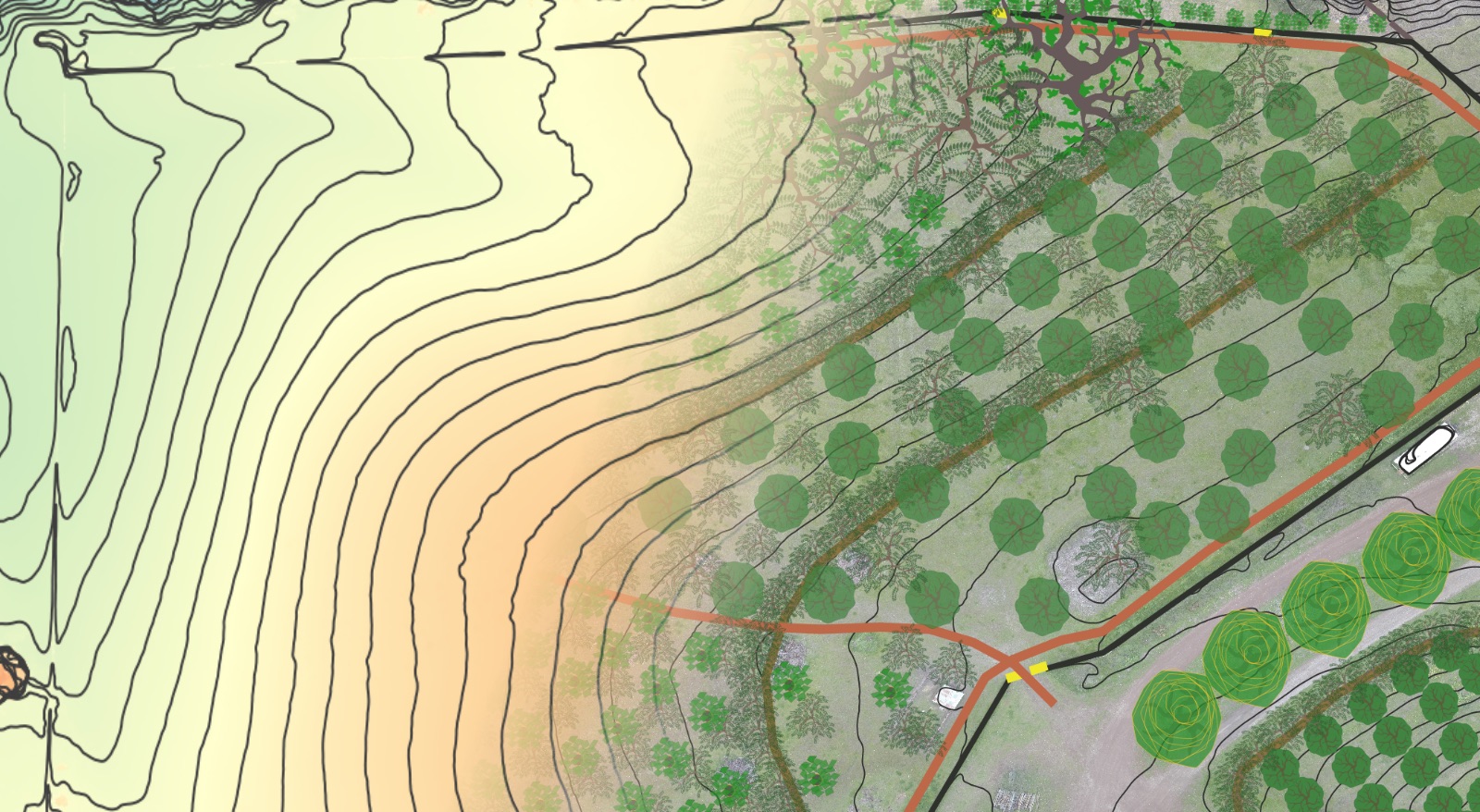Your cart is currently empty!
-
DIY Soil Fertility – Part 6: Charcoal and Biochar
Charcoal vs. Biochar – What Is The Difference? Charcoal is the carbonized solid that remains after biomass has had all moisture and volatile compounds removed from it via pyrolysis, the slow heating of wood or other carbonaceous materials in a low to no-oxygen environment. Biochar, generally speaking, is charcoal that has been “charged” with nutrients…
-
DIY Soil Fertility – Part 5: Fermented Plant Juice
What Is Fermented Plant Juice? Fermented Plant Juice (FPJ) is a fermented extract of the saps and chlorophylls of specific types of plants. It is enzymatically rich and full of lactic acid producing bacteria and yeast that can help to invigorate plant and animal growth (a probiotic). FPJ is simple to make with typical home…
-
DIY Soil Fertility – Part 4: Thermophilic Compost
What Is Thermophilic Composting? Thermophilic composting processes are set up to favor thermophilic (“heat loving”) microbes that are capable of rapidly breaking down organic matter into humus. Thermophilic composting is a way to make large quantities of quality compost in a relatively short period of time, and is typically done in meter square piles (the…
-
DIY Soil Fertility – Part 3: Compost Tea
What Is Compost Tea? Compost tea is nutrient and microbe rich liquid that is aerobically brewed to maximize the number of beneficial microbes, fungi and bio-available nutrients for the soil food web and plants. Basically it’s an immune-boosting, growth-enhancing, nutrifying power drink for your garden! Why Brew Your Own Compost Tea? The benefits of regular…
-
DIY Soil Fertility – Part 2: Bokashi Composting System
What Is Bokashi Composting? Bokashi is an anaerobic method of fermenting organic wastes (i.e. pickling them) – as opposed to typical aerobic thermophilic composting that decomposes organic material. Bokashi systems in this sense are more a pre-composting method, as they do not yield finished soil, but instead microbially-rich fermented food wastes that are primed for…
-
DIY Soil Fertility – Part 1: Vermicompost
What is vermicomposting? Vermicompost systems employ compost worms (Eisenia fetida) – a.k.a. red wigglers – to transform a wide variety of organic wastes into nutrient-rich worm castings. The worms don’t actually eat the organic material – they eat the microbes that are breaking down the organic material. Why do vermicompost? The worm castings (worm poop)…
-
Air Pruning Beds For Healthy Tree Propagation
DIY Air Pruning Beds – Grow Hundreds Of Trees With Well-Formed Root Structures In A Tiny Footprint What Is Air Pruning? Air pruning is a technique for developing healthy, fibrous, non-circling and non-girdling root structures in trees and and plants raised in a nursery setting that uses air to prune and shape root systems. Trees…
-
Sovereign Food Systems – Pantry Ponds ~ Epi-59
Today we look at another Sovereign Food System – what I’m calling the Pantry Pond. Basically a homestead-scale aquaculture system designed to maximize your food sovereignty via independence from the centralized systems of supply and distribution for any of the inputs required to grow what you want to grow – fish, aquatic vegetables, crawfish, shrimp,…
-
Sovereign Food Systems – Perennial Protein From Silvopasture Meat Forests ~Epi-58
In today’s show we are talking about creating Sovereign Food Systems. I think this will be a series, or at least a collection of episodes, each one focused on a different type of sovereign food system that can be applied at a variety of scales across a broad range of contexts. Basically, a sovereign food…
-
Permaculture Design Principle Deep Dive #12 – Collaborate With Succession ~ Epi-057
Today we discuss permaculture design principle #12 – Collaborate With Succession. The more that we can align our designs, systems and management styles with the inherent successional trends already present in our landscapes, the greater our yields will be with fewer resource inputs required. This is all about energy efficiency, and it starts with OBSERVING…

